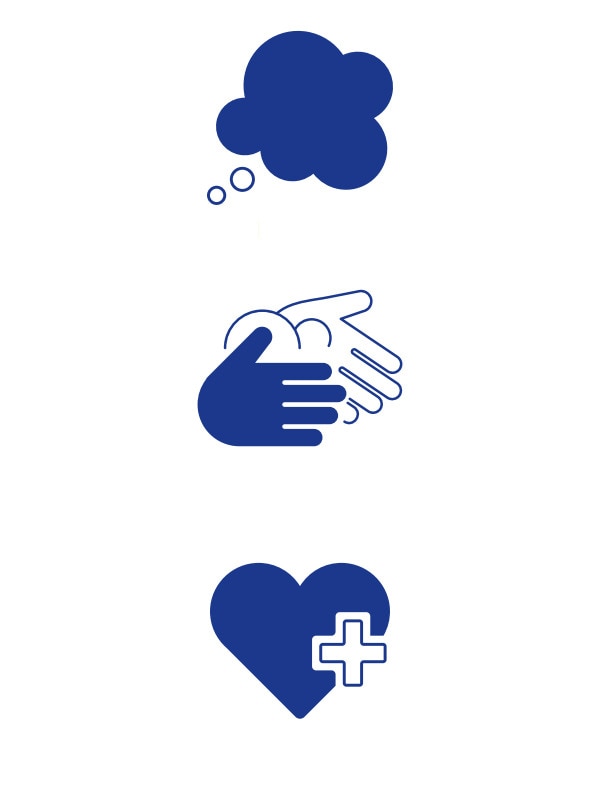
Save lives by increasing awareness around sepsis
Sometimes wrongly referred to as blood poisoning, sepsis is the life-threatening response of a patient’s own body to a pre-existing infection. Each year sepsis causes on average six million deaths worldwide. It’s the primary cause of death from infection and is more common than heart attacks. In fact, sepsis has been found to be a contributing factor to one third of all hospital deaths. However, there are ways to prevent sepsis - and raising awareness about the condition is the first critical step towards saving lives.
Think hygiene. Act to prevent. Care for patients
To help healthcare professionals reduce infections and sepsis among patients, Tork has developed an easy to remember call to action in the form of 3 steps; Think. Act. Care.
Think: Before engaging in your usual routine, make sure you pause and remember the preventive hygiene guidelines, such as WHO’s 5 Moments for Hand Hygiene and post-operative wound care or your facility’s antimicrobial stewardship policy.
Act: Take the necessary steps to ensure hygiene compliance to reduce the risk of infection and sepsis, such as ensuring that your hands are sanitized before and after caring for a patient, closely monitoring your patient’s wounds for an infection or checking your patient’s vaccination history.
Care: After the appropriate intervention, get back to caring for your patients in a safe environment.
Spread the word with our infographics
Download our infographics for facts and tips on hand hygiene and wound care to share with your colleagues and patients.



